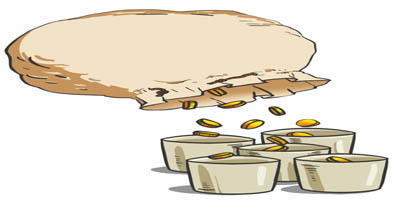Lesson 3 - Statements and Budgets - Part 10

Expenses
There are two main categories of Expenses, Flexible and In-Flexible Expenses. We may have noticed on our Expense side of the Income Statement that we have certain costs that are Flexible such as our Food Consumption, Leisure and Entertainment. Flexible means that we have a great deal of control over these Expenses. For example, we might be able to control our Food consumption, instead of fancy restaurants or buying $6 dollar coffee every day, maybe we can adjust that to only a few days a week. Thus we can control this cost to a certain extent. While In-Flexible Expenses are items that we often have little control over. For example we have little control over our Mortgage payment or car payment, unless we stop paying or pay the loans off. Taxes can be another example of In-Flexible Expenses, though they might not be the same every year, they are still an Expense that we must pay.
Anytime our Income is more than our Expenses we have what is known as a Positive Contribution to Savings. This means that we can increase our Net Worth. In our previous example we looked at the Income and Expense of an Income Statement, Our Total Income was $67,910 while our Total Expenses were $57,770. This means we have a Positive Contribution to Savings of $10,140 or 14.9% of Income. “Financial Experts” recommend a Positive Contribution to Savings of at least 10% of our Income.
When we spend more than what our income is, we have a Negative Contribution to Savings, meaning that we are decreasing our Net Worth and using money from savings to pay for our Expenses. If we don’t have any money in Savings it means we could have to borrow money to fill the gap. If we have Negative Contribution to Savings it means that we are Insolvent and will not survive unless something changes.

Comments
Please Join or Login to Join the Conversation